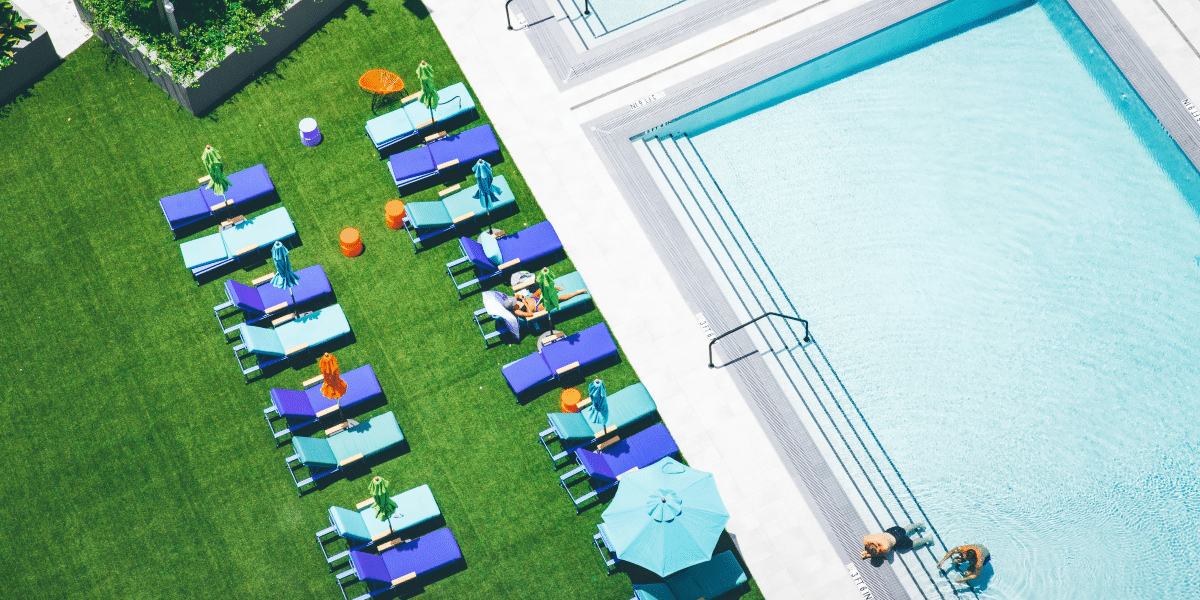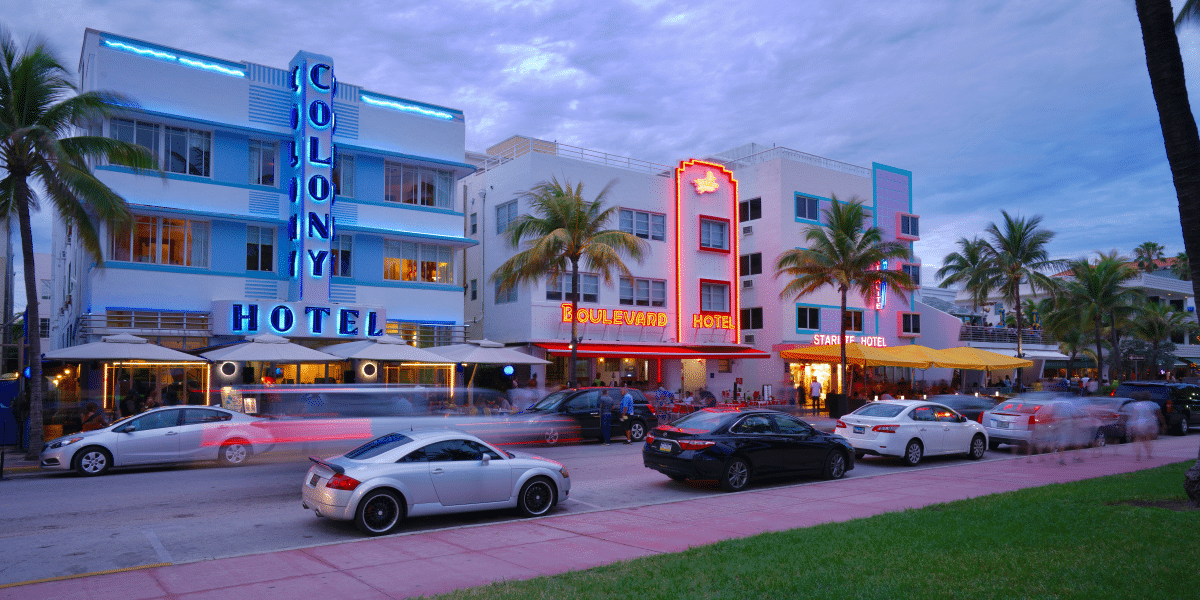Imagine a tiny village perched on stilts in the middle of the ocean. That’s Stiltsville, one of Miami’s weirdest and most fascinating historical oddities. Its story is a wild mix of party havens, run-ins with the law, and its fight against the forces of time and nature.
How Did This Even Happen?
Stiltsville’s origins go back to the 1930s. A guy named “Crawfish” Eddie Walker built the first shack on stilts way out in Biscayne Bay as a way to get around Prohibition laws. You could gamble and drink there out of the reach of the law.
Suddenly, Stiltsville was a thing. More structures popped up, evolving from fishing shacks into full-on party houses. At its peak in the 1960s, there were about 27 structures in this little offshore village.
Stiltsville: The Good, the Bad, and the Bizarre
Stiltsville was like the Wild West on the water. Think of it as a floating neighborhood with a unique set of problems and perks:
- Party Central: In its heyday, Stiltsville was THE place to be for boat parties, celebrity guests, and a general atmosphere of anything-goes.
- A Bit Shady: Gambling, rum-running, and its remoteness made Stiltsville a magnet for less-than-savory activities at times.
- Hurricane Bait: Those stilts were no match for major storms. Stiltsville was repeatedly damaged over the decades, with houses getting wrecked or swept away entirely.
- Unique Ecosystem: Oddly, the structures became artificial reefs, attracting marine life and creating a unique habitat within the bay.
The Beginning of the End
By the 1980s, the party was winding down. Here’s why Stiltsville fell out of favor:
- National Park Problems: When Biscayne National Park was created in 1980, Stiltsville was suddenly within its boundaries. Park officials weren’t thrilled about the private settlement.
- Leases Not Renewed: The leases for the Stiltsville houses weren’t renewed, with the goal of eventually phasing them out.
- Damage & Neglect: Hurricanes and simple neglect took their toll. Many of the houses fell into dangerous disrepair.
Stiltsville Today: A Haunting Remnant
Sadly, the Stiltsville you see in old photos is gone. Here’s what remains:
- Just Seven Houses: Only seven structures still stand, and they’re not open to the public. The National Park Service technically owns them.
- Access Issues: You can’t just pull your boat up to Stiltsville. The houses are considered off-limits for safety reasons.
- Tours & Viewings: Boat tours will take you near Stiltsville for photos and to hear the stories, giving you the best way to experience them now.
- Preservation Debate: There’s an ongoing debate about whether to demolish the remaining houses, leave them to slowly crumble, or potentially restore one as a sort of museum of the Stiltsville era.
Why the Fascination with Stiltsville?
There’s something undeniably captivating about a “ghost village” in the middle of the bay. Part of the appeal is:
- Miami Oddity: Stiltsville embodies a quirkiness and rule-breaking streak that feels very “old Miami” in a city that constantly reinvents itself.
- A Bygone Era: It’s a glimpse into a time when Miami was less developed, and people sought out their own kind of fun, regulations be damned.
- The Ephemeral Factor: Knowing Stiltsville is slowly disappearing makes it even more intriguing, a battle against the relentless sea.
Stiltsville is a reminder that even in a bustling city like Miami, pockets of weirdness and wild history can persist. While you can no longer party on those stilts, the images and stories of Stiltsville continue to spark the imagination.









